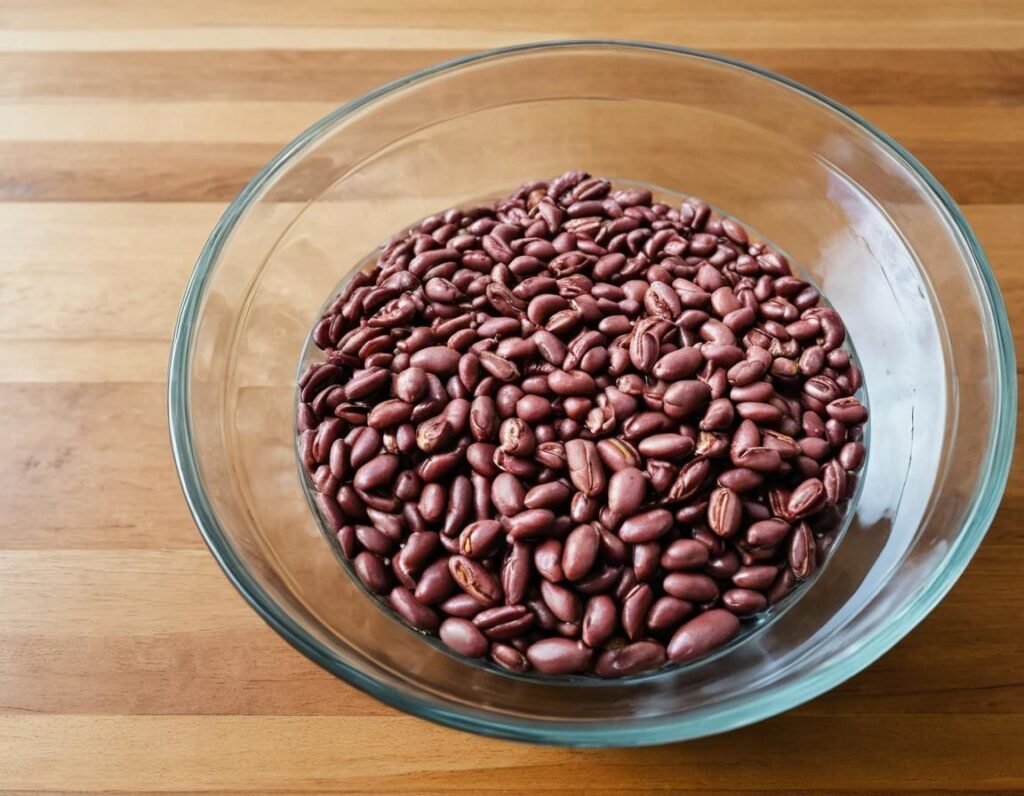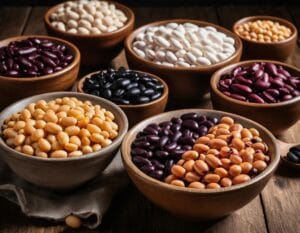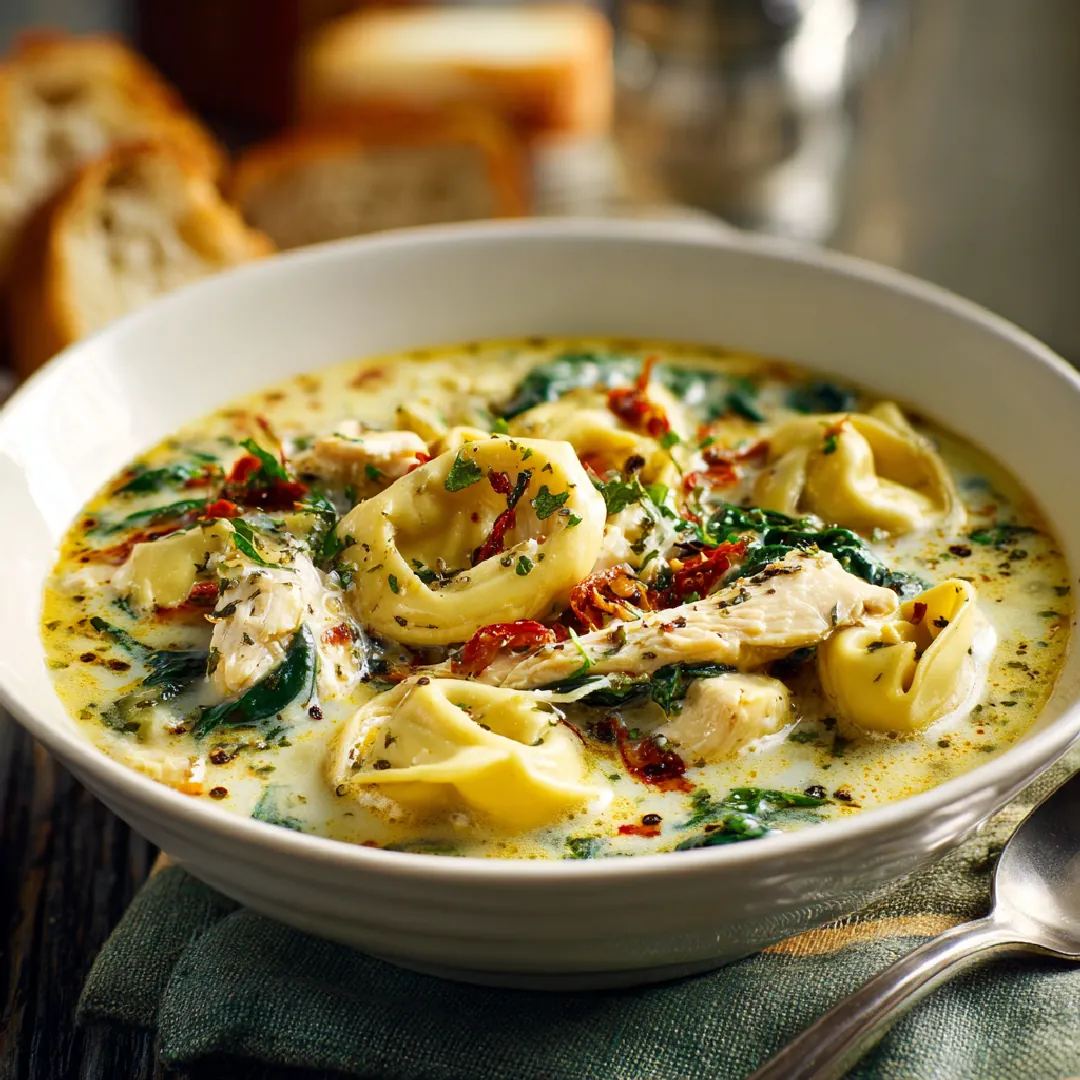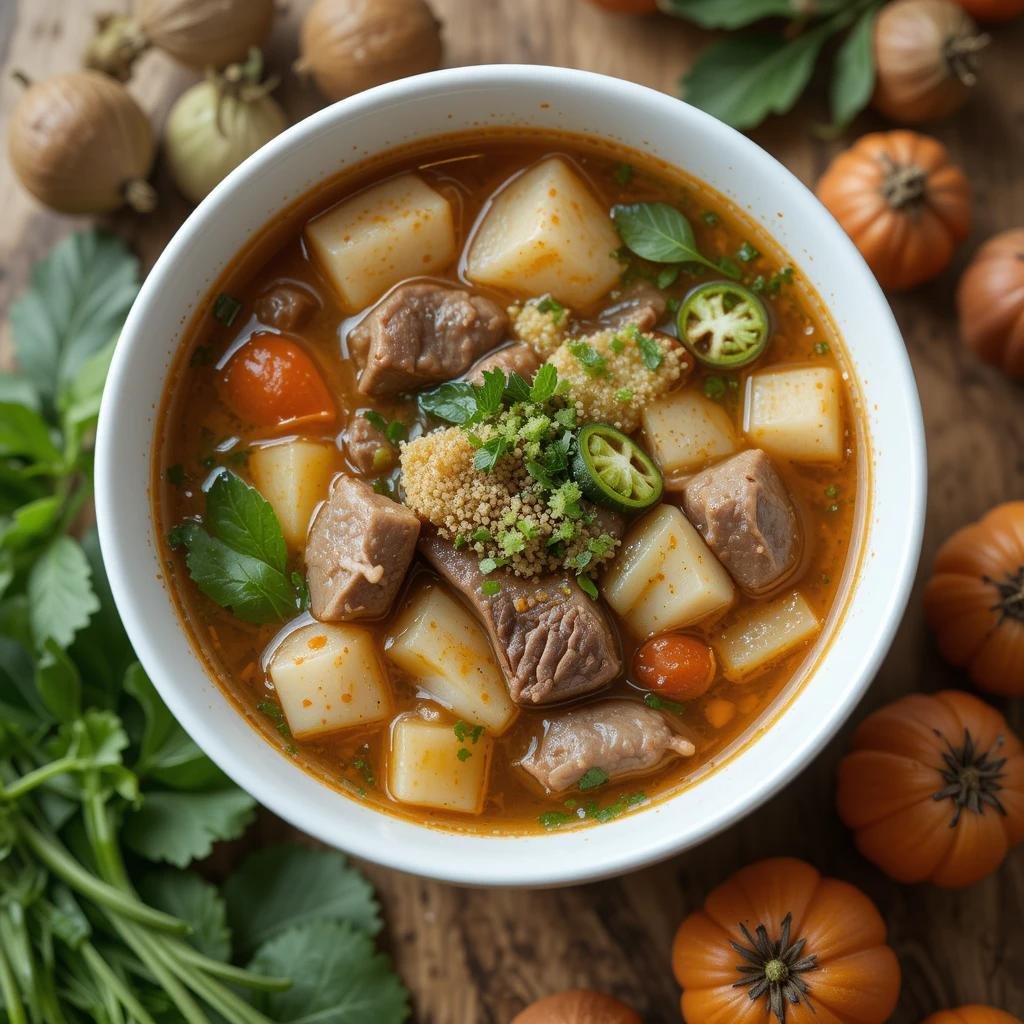Table of Contents
Introduction
Beans are a cornerstone ingredient in cuisines worldwide, cherished for their affordability, nutritional richness, and adaptability. From hearty soups to crunchy snacks, their possibilities are endless. However, one common complaint often emerges: beans can be bland. Many people wonder how to make beans taste amazing, transforming them into a flavorful, satisfying dish. The secret to making beans taste amazing lies in a mix of proper preparation, thoughtful seasoning, and creative cooking techniques.
This article dives into the art of transforming beans into delicious, crowd-pleasing dishes. You’ll learn how to choose the right type of beans, elevate their natural flavors with seasonings and aromatics, and incorporate them into diverse recipes. Whether you’re a novice cook or a kitchen pro, these tips will inspire you to make beans a flavorful and satisfying part of your meals.
Choosing the Right Type of Beans
Understanding the Different Varieties
Beans come in many forms, each with unique characteristics. Selecting the right type can significantly impact the flavor and texture of your dish. Here are some popular options and their best uses:
- Black beans: Creamy and slightly sweet, they shine in Latin American dishes like black bean soup and burritos.
- Chickpeas (Garbanzo beans): Nutty and firm, they are ideal for hummus, curries, and salads.
- Pinto beans: Creamy and earthy, they are a staple in Tex-Mex dishes, particularly refried beans.
- Kidney beans: Firm and slightly sweet, perfect for chili, stews, and salads.
- Cannellini beans: Mild and buttery, often used in Italian soups like minestrone and bean salads.
Fresh, Dried, or Canned Beans
Each form of beans has its advantages, depending on your time and preferences:
- Fresh beans: Available in certain seasons, they cook quickly and have a vibrant flavor. They’re ideal for quick stir-fries and side dishes.
- Dried beans: Affordable and long-lasting, dried beans require soaking and cooking but offer superior texture and flavor compared to canned beans.
- Canned beans: Convenient and ready to use, canned beans save time. They often need a good rinse to remove excess sodium and improve taste.
Choosing Based on Your Dish
The dish you’re preparing will also influence your choice. For example, hearty stews and chilies pair well with kidney or black beans, while chickpeas or cannellini beans are excellent for lighter salads and dips. Consider the color, texture, and flavor profile that will best complement your meal.
Preparing Beans for Maximum Flavor
The Importance of Soaking Dried Beans

If you’re using dried beans, soaking them is a critical step for both taste and texture. Soaking softens the beans, reduces cooking time, and helps to eliminate some of the natural compounds that can cause digestive discomfort. Here’s how to do it:
- Quick Soak Method: Boil the beans for two minutes, remove from heat, cover, and let sit for one hour.
- Overnight Soak: Place the beans in a bowl, cover them with water (about three times their volume), and leave them overnight.
- Rinse and Drain: Always rinse and drain soaked beans before cooking to remove any residual starch or bitterness.
Cooking Methods to Enhance Flavor
The way you cook beans can dramatically affect their flavor. Here are some popular methods:
- Stovetop: This traditional method allows for the gradual infusion of flavors. Cook beans in a pot with water or stock, adding aromatics like garlic, onion, bay leaves, and celery for a deeper taste.
- Pressure Cooker: Fast and efficient, a pressure cooker can prepare beans in under an hour. Add spices or broths directly to the pot for flavor enhancement.
- Slow Cooker: Ideal for infusing beans with complex flavors over time. Combine beans, broth, and seasonings in a slow cooker, and let them simmer for several hours.
Prepping Canned Beans
Canned beans are a convenient choice, but they often need a bit of prep to shine:
- Rinse Thoroughly: Place canned beans in a colander and rinse under cold water until the foamy residue is gone. This step reduces sodium and eliminates the metallic taste sometimes associated with canned goods.
- Season While Heating: Canned beans benefit from being warmed with a splash of olive oil, garlic, or your favorite spice blend to enhance their flavor.
Adding Salt and Acids at the Right Time
Timing is everything when it comes to seasoning beans. Add salt only after the beans have softened during cooking, as early salting can toughen their skins. Similarly, acids like vinegar, lemon juice, or tomatoes should be introduced toward the end of the cooking process to preserve the beans’ tender texture while imparting a tangy boost.
Flavor Boosters: Tips for Making Beans Delicious
The Power of Aromatics
When learning how to make beans taste amazing, using bold spices and aromatics is essential. Aromatics are the backbone of flavorful beans. They impart depth and complexity during the cooking process, transforming beans from bland to brilliant. Here are some essential aromatics and how to use them:
- Garlic: Minced, crushed, or roasted garlic adds a savory and slightly sweet flavor to beans.
- Onion: Sautéed or simmered with beans, onions provide a rich, slightly sweet foundation.
- Celery and Carrots: These add an earthy, slightly sweet flavor, perfect for soups and stews.
- Bay Leaves: A single bay leaf can elevate the aroma of the dish, adding subtle herbal notes.
Pro Tip: Sauté your aromatics in olive oil or butter before adding beans for maximum flavor infusion.
Spices and Herbs That Elevate Beans
Beans are incredibly versatile and absorb spices and herbs beautifully. Here are some options to try:
- Spices:
- Cumin: Adds a warm, earthy note, ideal for Mexican and Indian dishes.
- Paprika: Smoky or sweet, paprika enhances both flavor and color.
- Chili Powder: Adds a spicy kick to stews and chilies.
- Cinnamon or Nutmeg: Surprising but effective for sweeter bean dishes or Middle Eastern-inspired recipes.
- Herbs:
- Rosemary and Thyme: Perfect for Mediterranean-inspired bean dishes.
- Cilantro: Brightens up black beans and chickpeas.
- Parsley: Adds a fresh touch to soups and salads.
Using Stock or Broth Instead of Water
One of the simplest ways to add flavor to beans is by cooking them in stock or broth instead of plain water. Chicken, beef, or vegetable broth infuses the beans with savory notes. For even more depth, try adding a splash of white wine or beer to the cooking liquid.
Incorporating Fat for Richness
Adding fat to your beans enhances their texture and flavor. Some delicious options include:
- Olive Oil: Drizzle it over beans before serving for a silky finish.
- Butter: Melted butter pairs beautifully with pinto or cannellini beans.
- Bacon or Sausage: Cooking beans with these ingredients introduces smoky, savory notes.
- Coconut Milk: A great option for creamy, spiced bean dishes, particularly in curries.
Balancing Flavors with Sweetness and Acidity
For truly amazing beans, balance is key. Add a touch of sweetness with honey, brown sugar, or caramelized onions. Brighten the dish with acidic elements like vinegar, lemon juice, or tomatoes. These contrasting flavors make the beans vibrant and well-rounded.
Creative Ways to Cook Beans
Transform Beans into Soups and Stews
Beans are the perfect base for hearty soups and stews. Their creamy texture and ability to absorb flavors make them ideal for one-pot meals. Some ideas include:
- Classic Bean Soup: Combine beans with vegetables, garlic, herbs, and a flavorful broth. Add meat like ham or sausage for extra richness.
- Chili: Use kidney or black beans as a base, combined with ground beef, tomatoes, chili powder, and smoky spices for a warming dish.
- Tuscan White Bean Stew: Simmer cannellini beans with kale, garlic, and olive oil for a comforting Mediterranean meal.
Make Bean-Based Dips

Beans can easily be transformed into creamy, flavorful dips that work as snacks, appetizers, or spreads. Popular examples include:
- Hummus: Blend chickpeas with tahini, olive oil, garlic, and lemon juice for a classic Middle Eastern dip.
- White Bean Dip: Use cannellini beans, garlic, rosemary, and lemon juice for a smooth and zesty alternative.
- Refried Beans: Cook and mash pinto beans with lard or butter, then season with spices like cumin and chili powder. Perfect for tacos or as a side dish.
Roast Beans for a Crunchy Snack
Roasting beans is a creative way to turn them into a healthy, crunchy snack. Here’s how:
- Preheat your oven to 400°F (200°C).
- Toss rinsed and dried beans (chickpeas work especially well) with olive oil and seasonings like paprika, garlic powder, or curry powder.
- Spread the beans on a baking sheet and roast for 25–30 minutes, stirring halfway through.
The result? Crispy, flavorful beans that are great for snacking or sprinkling on salads.
Incorporate Beans into Breakfast
Beans aren’t just for lunch or dinner! They can be a delicious addition to your morning meals:
- Breakfast Burrito: Fill a tortilla with black beans, scrambled eggs, cheese, and salsa.
- Shakshuka with Beans: Add white or black beans to this tomato-based dish with poached eggs for extra heartiness.
- Toast with Beans: Top crusty bread with refried beans or hummus, then sprinkle with herbs or cheese for a quick, nutritious breakfast.
Add Beans to Baked Dishes
Beans can take center stage in baked dishes for a comforting and satisfying meal:
- Bean Casserole: Layer beans with vegetables, cheese, and a creamy sauce, then bake until bubbly.
- Baked Beans: Slow-cook navy beans with molasses, brown sugar, and bacon for a sweet and smoky treat.
- Bean-Stuffed Vegetables: Hollow out bell peppers, zucchini, or tomatoes, and stuff them with a mix of beans, rice, herbs, and cheese before baking.
Enhancing Bean Flavor: Pairing Beans with Other Ingredients
Combining Beans with Grains
Beans and grains are a classic pairing that creates a nutritionally complete meal, rich in protein and fiber. Some popular combinations include:
- Rice and Beans: A staple in Latin American and Caribbean cuisines, black beans with white rice is a simple yet satisfying dish. Add cilantro, lime, or salsa for a flavor boost.
- Quinoa and Chickpeas: A Mediterranean-inspired pairing. Toss cooked quinoa with chickpeas, olive oil, lemon, and fresh herbs for a healthy salad.
- Barley or Farro with Beans: These hearty grains add texture to soups, stews, and pilafs when paired with beans.
Adding Fresh Vegetables for Texture and Color
Vegetables add crunch, color, and complementary flavors to bean dishes. Here are some ideas:
- Salads: Mix cannellini or kidney beans with cucumbers, cherry tomatoes, red onion, and a zesty vinaigrette for a refreshing salad.
- Roasted Veggies: Combine roasted carrots, zucchini, or bell peppers with black or pinto beans for a hearty side dish.
- Greens: Stir beans into sautéed kale, spinach, or collard greens, seasoned with garlic and olive oil.
Enhancing Beans with Meats and Cheeses
For those who enjoy meat, adding it to beans creates a savory, protein-packed meal. Some options include:
- Bacon or Pancetta: Small amounts of these cured meats add smoky richness to soups, stews, and casseroles.
- Sausage: Andouille or chorizo pairs beautifully with beans in dishes like jambalaya or spicy chili.
- Ground Meat: Cooked ground beef, turkey, or lamb adds heartiness to bean-based dishes like tacos or shepherd’s pie.
Cheese, meanwhile, introduces creamy and salty notes to bean dishes:
- Feta or Goat Cheese: Sprinkle these tangy cheeses over bean salads or dips.
- Parmesan: Stir grated Parmesan into white bean stews or soups for a savory kick.
- Cheddar: Melt cheddar over refried beans for nachos or in bean-stuffed quesadillas.
Pairing Beans with Bold Sauces
Bold sauces bring beans to life by infusing them with layers of flavor. Try these ideas:
- Tomato-Based Sauces: Beans simmered in marinara, enchilada, or curry sauces absorb their rich flavors.
- Tahini Sauce: Drizzle this sesame-based sauce over chickpeas or black beans for a Middle Eastern twist.
- Herb Pesto: Toss white beans with basil or cilantro pesto for a fresh and vibrant side dish.
How to Make Beans Taste Amazing: Global Recipe Ideas
Different cuisines use beans in innovative ways that you can try at home:
- Mexican: Use black or pinto beans in tacos, enchiladas, or burritos, seasoned with cumin, chili powder, and lime.
- Indian: Simmer lentils or chickpeas in spiced tomato gravy for dishes like dal or chana masala.
- Mediterranean: Add white beans to Greek salads, or toss them with olives, feta, and lemon for a rustic side.
Common Mistakes to Avoid
Overcooking or Undercooking Beans
Cooking beans to the perfect texture is crucial for making them taste amazing. Overcooked beans can become mushy and lose their structure, while undercooked beans are tough and unpleasant to eat.
- How to Avoid Overcooking:
- Regularly check the beans for doneness by biting into one as they cook. They should be tender but not falling apart.
- Use a timer to track cooking times, especially for dried beans, as these can vary based on soaking duration and bean variety.
- How to Avoid Undercooking:
- Always soak dried beans to shorten cooking time and ensure even cooking.
- Use sufficient water or broth to prevent beans from drying out during cooking.
Using Too Much Salt Too Early
Adding salt at the wrong time can hinder the cooking process. Salt toughens the outer skin of beans when added too early, making them take longer to cook.
- When to Add Salt: Wait until the beans have softened, then season with salt to taste. This method ensures the seasoning enhances the flavor without compromising the texture.
Forgetting to Taste and Adjust Seasoning
Beans are incredibly absorbent, but they need active seasoning to truly shine. Many cooks forget to taste as they go, resulting in either bland or over-seasoned dishes.
- How to Get It Right:
- Taste beans at various stages of cooking and adjust the seasoning incrementally.
- Experiment with layers of flavor by adding spices, herbs, or acidic elements like lemon juice toward the end of cooking.
Skipping Aromatics and Flavoring Liquids
Cooking beans in plain water misses a huge opportunity to infuse flavor. Skipping aromatics like garlic, onion, and herbs can leave the dish feeling flat.
- Pro Tip: Always include aromatics in your cooking liquid, whether it’s stock, broth, or water. These ingredients impart subtle yet essential flavor notes to beans.
Overlooking Digestive Preparation
Beans are high in fiber, which can cause bloating or discomfort for some people. Skipping steps that reduce these effects may deter people from enjoying them.
- How to Prevent Discomfort:
- Rinse canned beans thoroughly to remove excess starch.
- Add spices like cumin, fennel, or ginger during cooking, which can aid digestion.
- Soak dried beans overnight, as this reduces the compounds responsible for gas.
Neglecting Presentation and Pairings
Beans are visually humble, but pairing them with colorful, textural ingredients can make the dish more appealing. Neglecting presentation can make even the most flavorful beans seem unexciting.
- Simple Fixes:
- Garnish beans with fresh herbs like parsley or cilantro for a pop of color.
- Serve with contrasting textures like toasted nuts, crispy bread, or roasted vegetables.
FAQs
Why do my beans stay hard even after cooking?
Beans that remain hard after cooking can be frustrating. Common reasons include:
- Old Beans: Dried beans lose moisture over time and may not soften. Purchase from a store with high turnover to ensure freshness.
- Hard Water: Minerals in hard water can prevent beans from softening. Use filtered or distilled water.
- Skipping Soaking: Soaking helps hydrate beans and ensures even cooking.
Can I freeze cooked beans?
Yes, cooked beans freeze well and can save time for future meals. Here’s how:
- Drain and cool the beans completely after cooking.
- Store them in an airtight container or freezer bag, leaving room for expansion.
- Freeze for up to three months. Thaw in the refrigerator and reheat as needed.
What seasonings work best for beans?
The easiest way to learn how to make beans taste amazing is by using a flavorful broth and plenty of spices. Beans are versatile and absorb seasonings well. The best spices and herbs depend on the cuisine:
- Mexican: Cumin, chili powder, oregano, cilantro, lime.
- Mediterranean: Garlic, rosemary, thyme, parsley, lemon.
- Indian: Turmeric, garam masala, coriander, ginger.
- American: Paprika, bay leaves, onion powder, black pepper.
How do I prevent beans from causing bloating?
Beans are high in fiber and oligosaccharides, which can cause digestive discomfort. Reduce this effect by:
- Soaking dried beans overnight and discarding the soaking water.
- Adding digestion-friendly spices like cumin, fennel, or ginger during cooking.
- Rinsing canned beans thoroughly before use.
- Introducing beans gradually into your diet to allow your digestive system to adjust.
Are beans suitable for all dietary needs?
Beans are incredibly versatile and fit into many dietary lifestyles:
- Vegetarian/Vegan: A great source of plant-based protein.
- Gluten-Free: Naturally gluten-free and safe for those with celiac disease or gluten sensitivities.
- Low-Fat Diets: Beans are naturally low in fat but can be prepared with healthy fats like olive oil.
- Low-Carb Diets: While beans are higher in carbs, small portions can be included in moderation for their fiber and nutrient content.
For a complete guide to crafting the perfect baked beans, check out this flavorful recipes.
Conclusion
Beans are a nutritional powerhouse, a budget-friendly ingredient, and an incredibly versatile staple in kitchens worldwide. While they may have a reputation for being bland, the strategies shared in this guide prove that beans can taste amazing with the right preparation, seasonings, and creative cooking methods.
Incorporating beans into your meals isn’t just a great way to boost your diet with protein, fiber, and essential nutrients—it’s also a chance to explore global cuisines, delight your taste buds, and create memorable dishes. By now, you’ve discovered the best tips for how to make beans taste amazing. With these strategies, you can turn any bean dish into a hit





